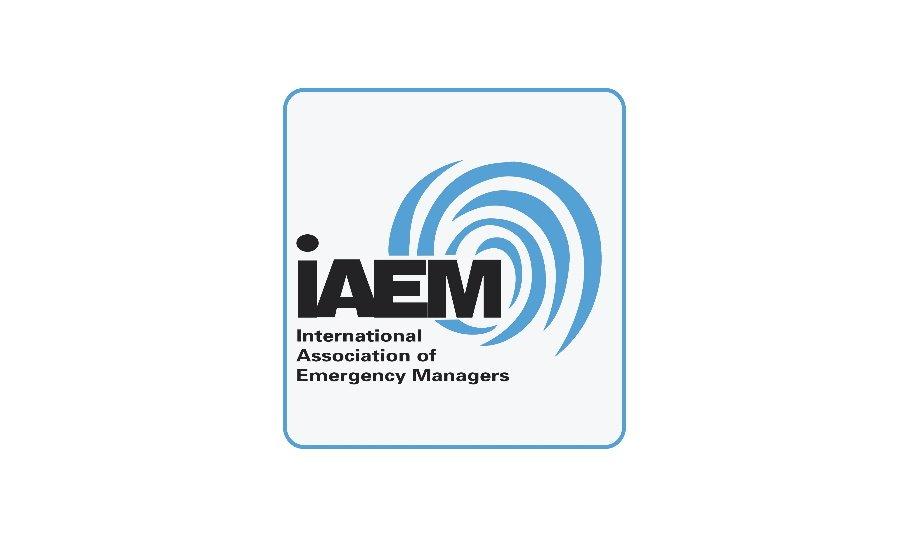As the House of Representatives considers the American Rescue Plan as amended by the Senate, the nation’s state and local emergency managers applaud the inclusion of several items that will aid in the response and recovery to COVID-19 as well as other ongoing disasters.
Grants allowance
The $100 million included for Emergency Management Performance Grants (EMPG) will allow for increased capacity at both the state and local levels.
With these funds, emergency managers conduct coordinating activities across state and local agencies; augment ongoing disaster preparations, responses, and recoveries for other events; activate Emergency Operations Centers for monitoring, interagency coordination, and response activities; coordinate with public health and K-12 partners; conduct inter-agency training and exercise opportunities across governments, and develop strategic communications and public outreach to educate the general public on mitigation and preparedness strategies.
Feedback of EMPG program
EMPG is a successful and impactful ongoing federal emergency management grant program According to Judson Freed, IAEM-USA President and Emergency Management Director of Ramsey County, Minnesota, “EMPG is the most successful and impactful ongoing federal emergency management grant program. The program requires performance, matching funds, and documented outcomes that contribute to America's national resilience. COVID has stressed this national enterprise and we applaud Congress for taking proactive steps to assist America's emergency management agencies.”
FEMA's Disaster Relief Fund (DRF)
With the additional $50 billion for the Disaster Relief Fund (DRF), ongoing disaster response can occur without fear of the account dwindling below sustainable levels. The DRF is FEMA’s primary source of funding for disaster assistance to state, local, and tribal governments, and certain private nonprofits.
When a disaster overwhelms a state, a governor can request a disaster declaration. If the President approves it, the state may receive assistance through several programs, such as Public Assistance and Individual Assistance—all of which are funded through the DRF.
Funds used for other disasters
“We rely on the solvency of the DRF to not only help fund our current COVID response but also pay for ongoing projects associated with disasters from tornadoes and floods,” said Sima Merick, NEMA President and Director of the Ohio Emergency Management Agency.
“Allowing these funds to be depleted to the point of needing another supplemental from Congress jeopardizes our ability to seamlessly manage disaster response and recovery functions.”
